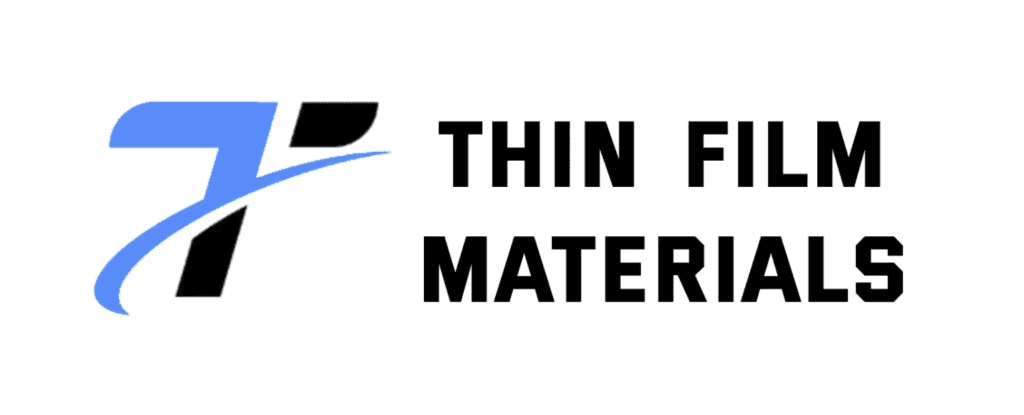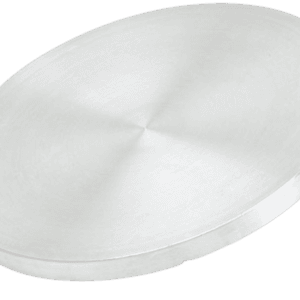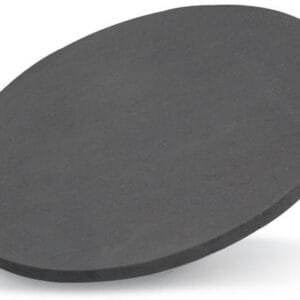Yttrium Barium Copper Oxide Sputtering Target (YBa₂Cu₃O₇)
Introduction
The Yttrium Barium Copper Oxide (YBa₂Cu₃O₇) Sputtering Target—commonly known as YBCO—is a high-temperature superconducting (HTS) material used to deposit thin films with zero electrical resistance and strong diamagnetic properties. Since its discovery, YBCO has played a vital role in the development of superconducting electronics, quantum devices, and energy-efficient systems.
Detailed Description
YBa₂Cu₃O₇ is a perovskite-type oxide that exhibits superconductivity above 90 K, allowing operation using liquid nitrogen cooling instead of liquid helium. It is highly anisotropic, meaning its superconducting properties depend strongly on crystal orientation.
The YBCO sputtering target is typically produced by high-purity powder synthesis followed by cold isostatic pressing (CIP) and sintering at high temperatures to achieve dense and homogeneous ceramics. Controlled stoichiometry (Y:Ba:Cu = 1:2:3) is critical for achieving the desired superconducting phase and maintaining film quality.
Key Features:
Superconducting transition temperature (Tc) ≈ 90 K.
High current density and low surface resistance.
Excellent phase purity and uniform oxygen stoichiometry.
Smooth, dense films with excellent adhesion and crystallinity.
Compatible with RF magnetron sputtering and pulsed laser deposition (PLD).
Applications
YBa₂Cu₃O₇ sputtering targets are widely used in:
Superconducting thin films – for Josephson junctions and quantum interference devices (SQUIDs).
Microwave and RF components – low-loss filters and resonators.
Magnetic sensors – for ultra-sensitive detection and measurement.
Power electronics – superconducting cables and fault-current limiters.
Research & development – in superconductivity, cryogenic systems, and quantum computing.
Technical Parameters
| Parameter | Typical Value / Range | Importance |
|---|---|---|
| Chemical Formula | YBa₂Cu₃O₇₋ₓ | Defines superconducting phase |
| Purity | 99.9% – 99.99% | Reduces impurities affecting Tc |
| Density | ≥ 95% theoretical | Improves sputtering stability |
| Diameter | 25 – 200 mm (custom) | Fits standard sputtering systems |
| Thickness | 3 – 10 mm | Balances film uniformity and target lifetime |
| Backing Plate | Copper / Molybdenum | Enhances heat transfer and structural support |
Comparison with Related Materials
| Material | Key Advantage | Typical Application |
|---|---|---|
| YBa₂Cu₃O₇ (YBCO) | High Tc, superconducting above 90 K | HTS thin films & devices |
| Bi₂Sr₂CaCu₂O₈ (BSCCO) | Layered structure, flexible fabrication | Superconducting tapes |
| MgB₂ | Simpler structure, Tc ≈ 39 K | Bulk superconductors |
| NbTi | High current-carrying capacity | Low-temperature superconductors |
FAQ
| Question | Answer |
|---|---|
| What sputtering method is recommended for YBCO? | RF magnetron sputtering or PLD with post-annealing in oxygen. |
| Can YBCO targets be customized? | Yes, diameter, thickness, and stoichiometry can be tailored. |
| What purity is standard? | 99.9% (3N) to 99.99% (4N) for research-grade applications. |
| How is oxygen content controlled? | Through annealing and controlled cooling during synthesis. |
| How are the targets packaged? | Vacuum-sealed, desiccant-protected, and shipped in wooden crates. |
Packaging
Each YBa₂Cu₃O₇ Sputtering Target is vacuum-sealed in an inert atmosphere to prevent moisture and oxygen loss. Foam cushioning and export-grade cartons ensure protection from mechanical shock during transport.
Conclusion
The YBa₂Cu₃O₇ sputtering target enables deposition of high-quality superconducting thin films with exceptional electrical and magnetic properties. Its precise stoichiometry, phase purity, and reliable sputtering behavior make it a key material for the advancement of superconducting electronics and next-generation quantum technologies.
For detailed specifications and quotations, please contact us at [sales@thinfilmmaterials.com].





Reviews
There are no reviews yet.